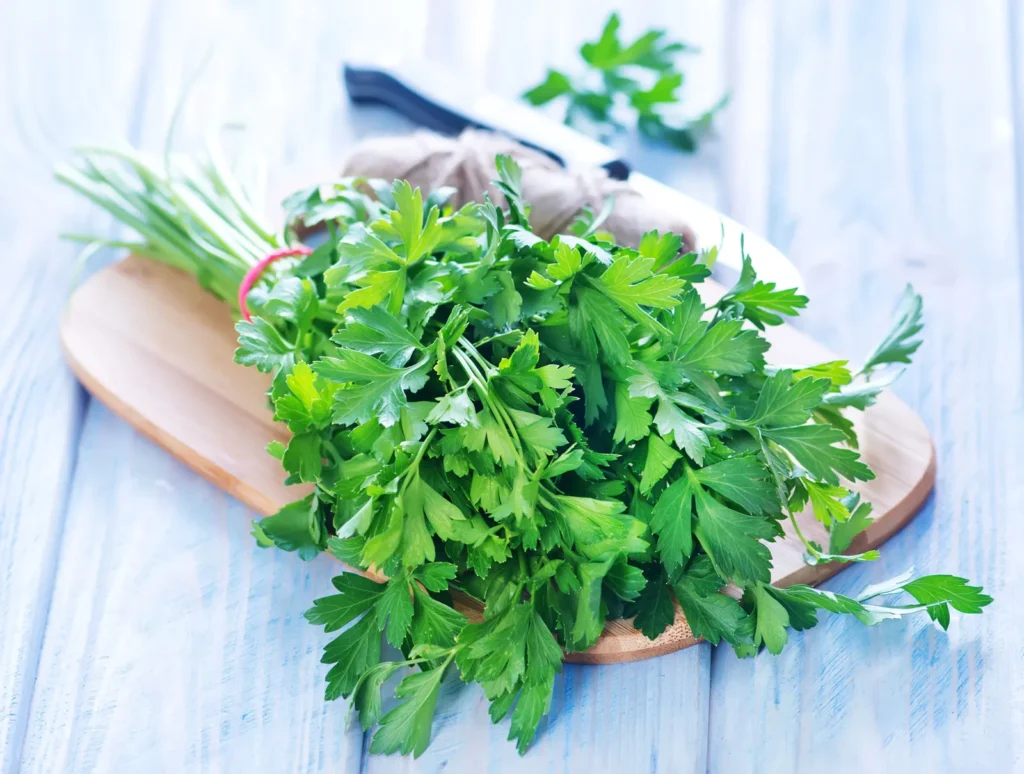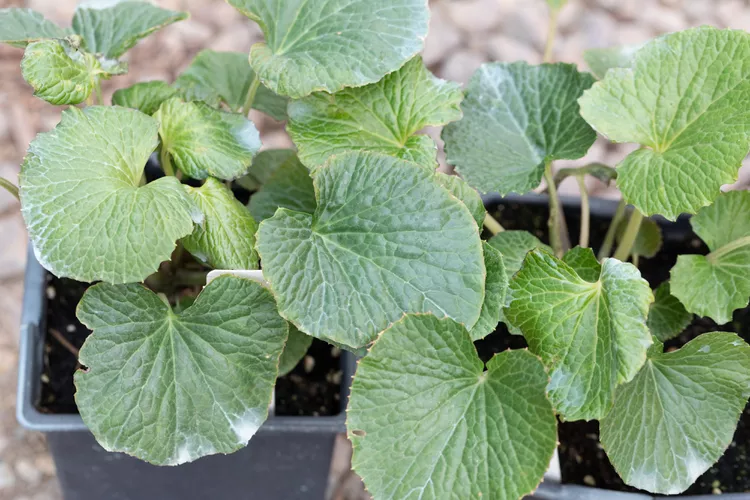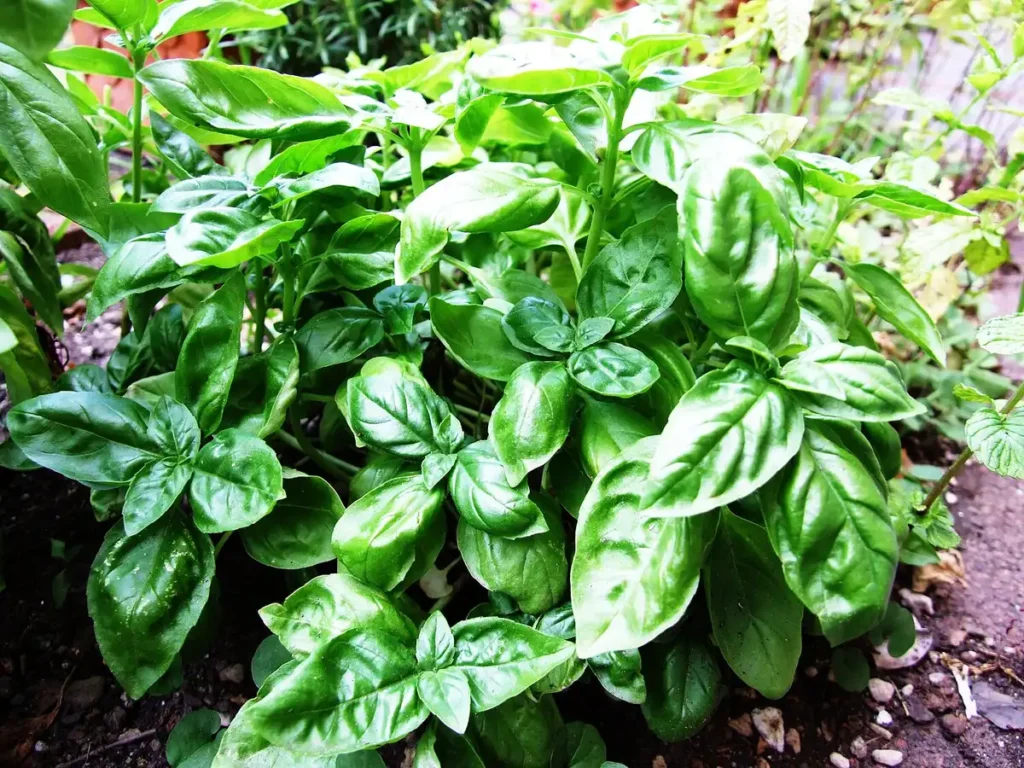
Description
The plants of fenugreek are erect, with little white flowers, trifoliate light green leaves, and are less than one meters (3 feet) tall with free branches. The thin pods are up to 15 cm (6 inches) long, curled, and beaked. Inside are yellow-brown seeds, which are flat rhomboids that are less than 0.5 cm (0.2 inch) long and have a deep furrow. The alkaloids choline and trigonelline are present in them.
Habitat
Fenugreek is grown in central and southeast Europe, western Asia, India, and northern Africa. It is native to southern Europe and the Mediterranean region.
Uses
Strong, somewhat sweet, and bitter flavors reminiscent of burnt sugar characterize the seeds. They can be eaten raw or cooked, or they can be pulverized and used as a spice. They can also be combined with flour to make bread. The seeds, which have long been thought to help with digestion, have also been applied externally as a poultice for boils and abscesses and internally as an emollient for digestive system inflammation. Fenugreek is occasionally used to encourage nursing mothers to produce more milk.
This herb is a staple in various chutneys and curries, and it’s also used to make a good imitation of maple syrup. In some regions, it is consumed as a vegetable, and in northern Africa, it is utilized as animal feed.

Plant Care
- Light
Although fenugreek may tolerate some shade in warm climes, it loves full sun. Provide plants with as much sunlight as possible for optimal flower and pod production.
- Water and Soil
Fenugreek is not as fussy about soil as non-legumes are, save from the fact that it needs good drainage. Fenugreek can fix, or add, nitrogen to the soil, just like its relatives can.2. Put another way, fenugreek may be planted on low-nutrient soils, degraded or not, and the plants can be cultivated at the conclusion of each growing season.
Watering plants on a regular basis is important, but too much water can cause root rot and complete plant death.
- Temperature and Humidity
These plants thrive best in warm to hot, dry environments because they are native to arid places. Planting against the south side of a fence or other structure can assist raise the overall temperature in colder regions.
- Fertilizer
Not all soils require fertilizer, but those with severe depletion do. But adding compost or aged manure to the soil can also assist boost productivity and make the soil better for upcoming plantings.
Table





